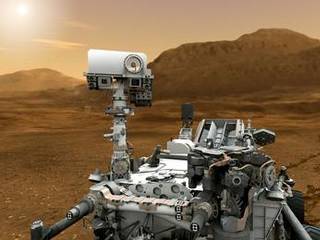On Sol 26, the rover drive was a success, and the resulting images revealed some fascinating outcrops. The focus of Sol 27 is on sampling Mars’ atmosphere using the SAM instrument, which leaves little time for other tasks. However, with ChemCam back in action, obtaining better calibration observations is a top priority. Initially, only 77 minutes were allocated for this task; however, upon discovering a new outcrop target, the science team wanted to take pictures and use ChemCam’s laser on it.
Steve Squyres, the Mineralogy Science Theme Group Lead for the day, approached Pauline Hwang, the Tactical Uplink Lead, to request additional time for scientific observations. Pauline agreed and granted an additional 40 minutes for the science team. Mastcam and ChemCam observations of the outcrop were then included in the plan to be sent to MSL.
Although not part of a tactical role for the day, I spent most of my time at JPL observing MSL mission operations. This allowed me to catch up on various tasks such as processing new MARDI images to determine optimal compression levels for geologic interpretation. Additionally, I reviewed older ChemCam RMI images taken in the MSL testbed to experiment with image compression techniques. This analysis is crucial in maximizing the use of data received from MSL via Mars orbiters. By completing these tasks promptly, we can ensure efficient data utilization in future operations.



